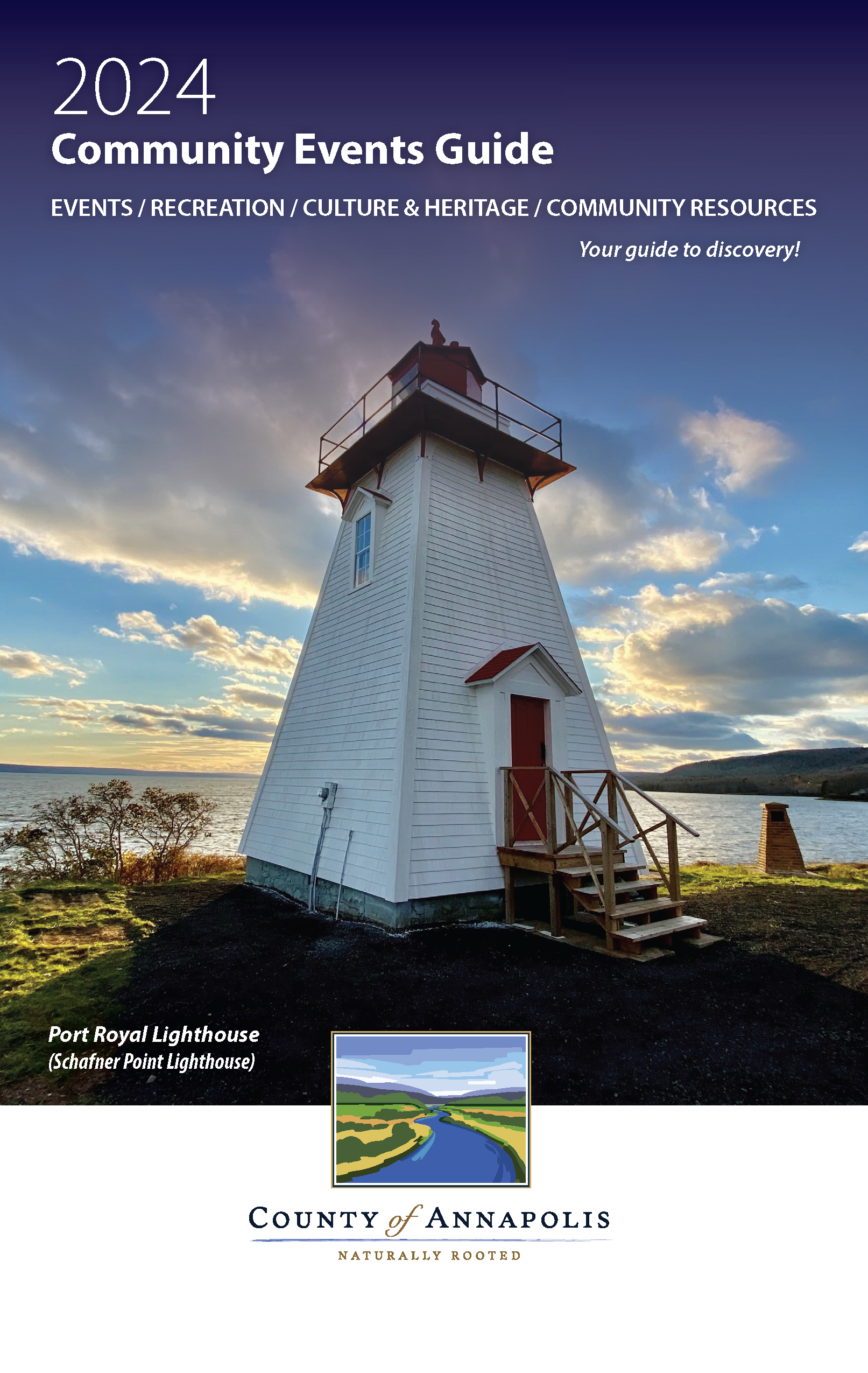Route 20 – Allains River
Allains River offers a unique experience to the paddler. The route meanders through the Allains River
Marsh, an area holding both historical and contemporary significance and dates back to the early 1600's.
Adjacent to Fort Anne National Historic Park, this marsh was important to the French settlers, who farmed its
upland and salt marshes, and careened their ships on its soft clay. Evidence of their original dykes can still be
seen along the route. Struggles between the French and British saw the area change hands many times
during the course of history, yet the marsh remained an important agricultural resource well into this century.
With many of the Acadian dykes now eroded, most of the marsh has reverted back to its natural tidal state. A
portion of the marsh dyke has been reconstructed as part of the Annapolis Royal Historic Gardens.
Due to the tidal nature of this route, the paddler will experience moderate to strong currents and a
significant fluctuation in water levels. The soft clay mudflats which are exposed at low tide are difficult to
traverse by foot, and caution must be exercised. When paddling under the two bridges at Allains River,
keep away from bridge abutments, as tidal currents can push and trap your watercraft against them. During
the highest tides, reduced clearance under the bridges may prevent passage, so refer to the local tide tables
and plan your trip accordingly. At the end of your paddle at Dugway Road, there is a hydroelectric generating
plant built in 1967, in the style of a grist mill built by Poutrincourt near this site in 1607. The original mill is
recognized as the first grist mill in North America. Although the generating plant is not entirely visible from the
water, you may hear it operating.
Click here a a map and more details about this route.














